Astronomical calendar, following the sky month by month
Knowing the astronomical calendar is an essential requirement for astronomical observation
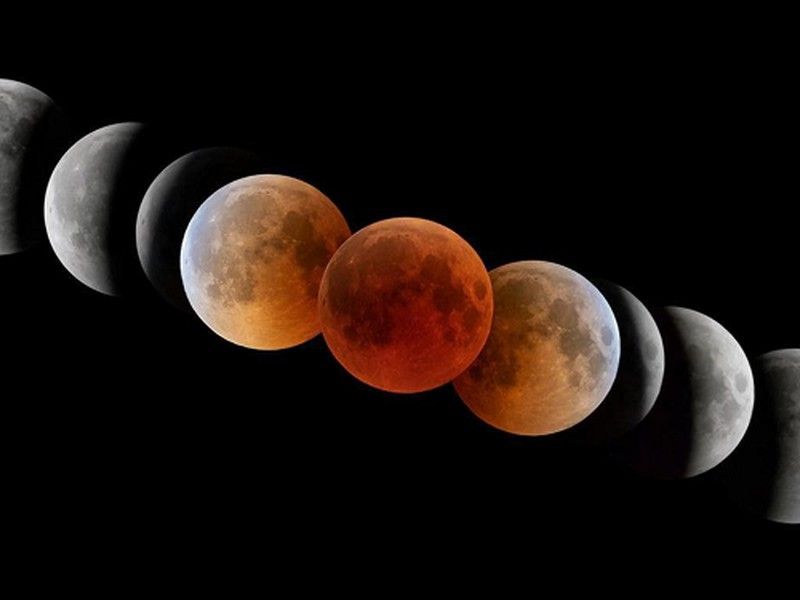
Orientation is the first step to astronomical observation. The "amateur" must know what he can see and when or at what time of the year he can see it. For this reason we have calendars and astronomical guides to give us all the theoretical and practical information we need.
Throughout the year the celestial panorama varies in each month and season and in addition there are punctual phenomena that only happen in certain years, such as eclipses, the passing of comets or other rarer events. If we do not want to miss these events and miss a unique opportunity, we have to know every month what is going to happen.
First of all we recommend that the good observer acquire a planisphere or be guided by one of the astronomy App's, which also include a planisphere in their menu options.
Then, astronomical binoculars can be an ideal tool for a first contact with the celestial panorama. An astronomical guide such as "The Guide to Heaven", available every year in Raig, will guide us above all the starry sky and the monthly positioning of each star.
The astronomical calendars also inform us of those specific events, which today also have an extraordinary diffusion on all social networks, which also act as a window to heaven.
For the little ones there are also the most interesting booklets and manuals, for a first contact with astronomy.
Finally, we cannot pass up astronomical telescopes, to have a much sharper and more concrete view of those stars that interest us most, but this will already be the reason for another much more extensive news.
We have already commented that the celestial panorama that we can see, varies according to the month and season of the year. There are celestial bodies that always remain in the same position and mark us very obvious cardinal points, such as the polar star and N. For example, astronomical events that always occur at the same dates, such as star showers.
Other objects change their position, starting with the Moon and ending with the planets. They can be daily, seasonal, monthly and annual variations, but with the certainty that we will never find them in the same position. In this case, the astronomical guides will indicate the following details:
- Moon phase: with detailed schedule
- Visible planets and position, according to horizon, alzimuth and orientation
- Lunar eclipses
- Solar eclipses
- Starfall, Perseids, etc ...
- Kite passing
These are the most outstanding astronomical events of 2019 and years to come:
- Total lunar eclipse: January 21, 2019
- Spring equinox: March 20 at 9:58 pm
- Lyrids Rain: 2nd fortnight of April
- Rain of Eta-Aquarids: May 4 to 6
- Summer solstice: June 21 at 3:54 p.m.
- Total eclipse of July in Argentina and Chile: July 2
- Partial lunar eclipse: July 16
- Perseid Rain: August 12 and 13
- Autumn Equinox: September 23 at 7:49 a.m.
- Rain of Draconids: October 22
- Leonid Rain: November 22
- Winter Solstice: December 22 at 4:19 p.m.
- Geminid Rain: Between December 4 and 17
Note that on August 12, 2026 there will be a total solar eclipse in Spain, approximately between 6:00 p.m. and 7:00 p.m.
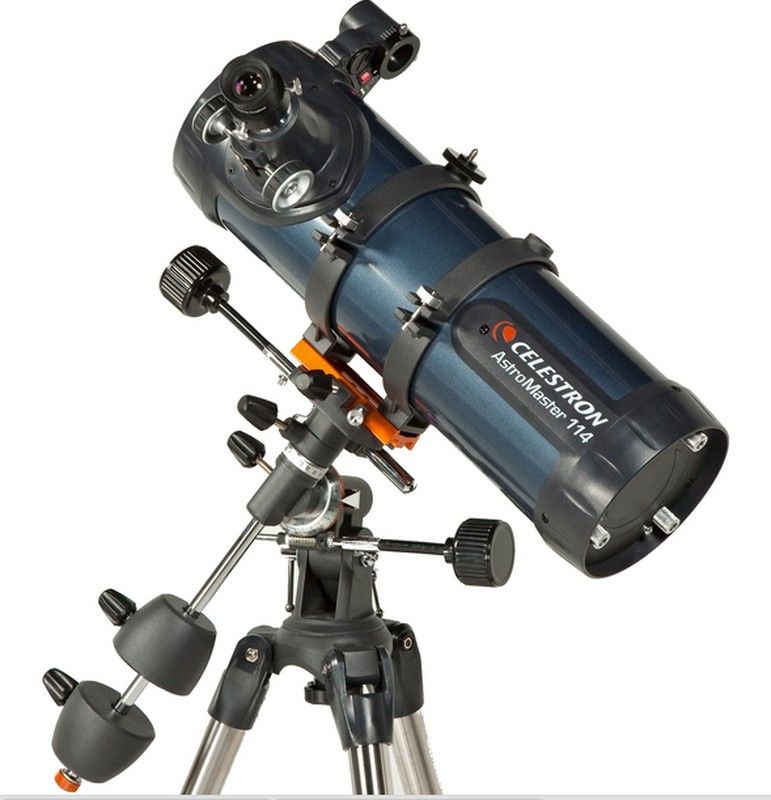
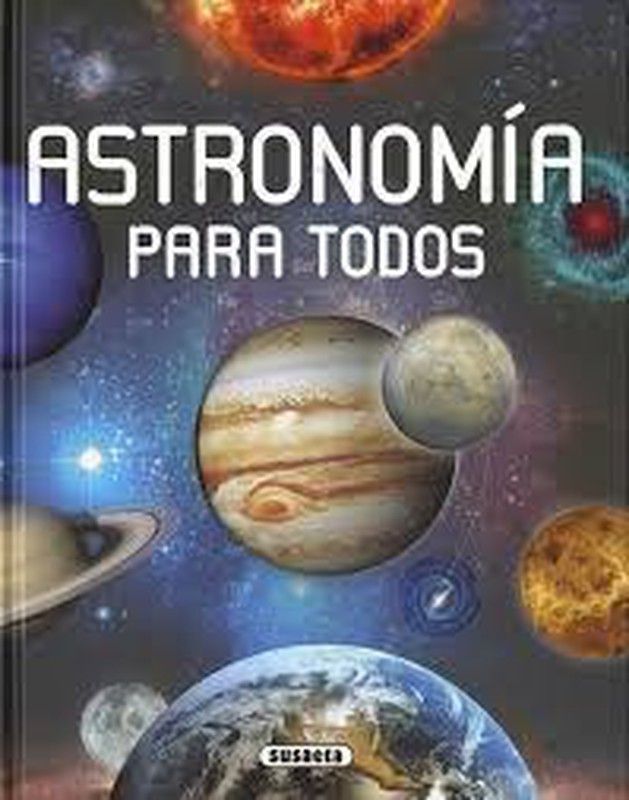

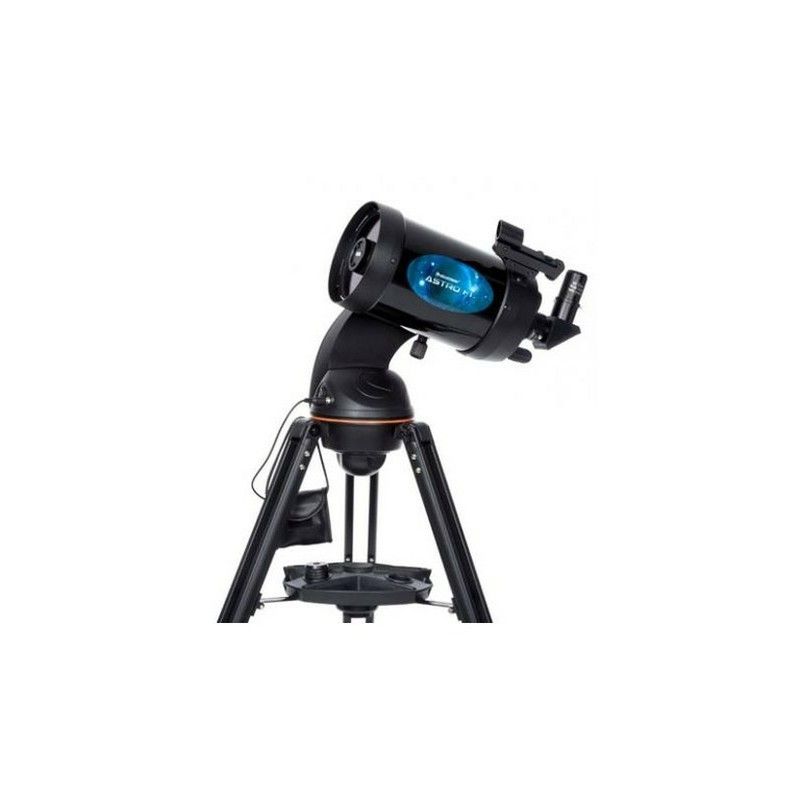

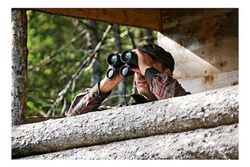
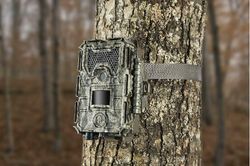


Opinions of our clients
Receive our news